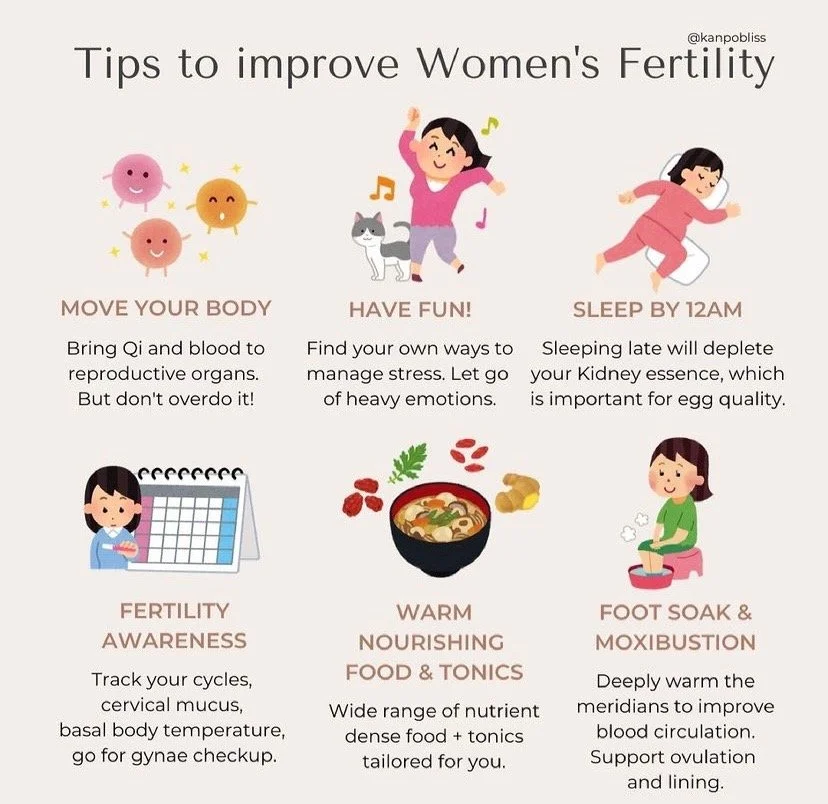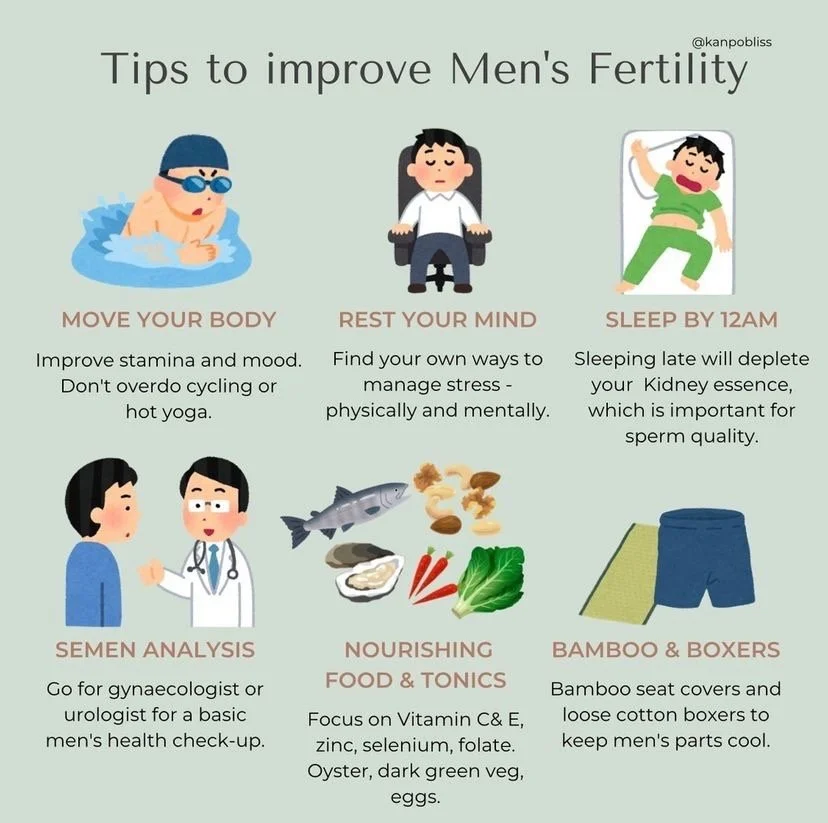Women's Cycle Within Yin and Yang (Pt. 3)
~ The Follicular Phase ~
Artwork by @enorasis_art_prints on Instagram
In Chinese medicine, the menstrual cycle is broken into two halves and four phases. The two halves are the Yin phase and the Yang phase. The four phases are menstrual, post-menstrual (follicular), ovulation, and pre-menstrual or implantation (luteal).
This blog post is the third in our latest series:
“Women’s Cycle Within Yin and Yang”
if you missed the two previous posts of this series you can catch up here:
https://www.krystalkinnunen.com/bloghome/yinyang
https://www.krystalkinnunen.com/bloghome/2021/10/23/womens-cycle-within-yin-and-yang-pt-2
Developing Follicles and Maintaining Yin
The Follicular Phase, the second phase of the Menstrual Cycle, is the transitional point between menstruation and ovulation. It is when the follicles are growing, the hormone estrogen is being produced and the endometrial lining is thickening, preparing to receive an embryo in the following (luteal) phase of the cycle.
When a woman reaches the Follicular Phase, they are relatively Qi and blood deficient, as they have just finished the Menstrual Phase. At this point in the cycle, blood continues to rebuild along with Yin essence and Qi. As this point of the cycle nears the end, clear, stretchy cervical mucus is produced - followed by ovulation.
The Three Most Important Things During the Follicular Stage
Support Follicle Development
Nourish Blood
Nourish Yin Hormones
Just like the first phase, the Menstrual Phase of the cycle, the body remains in a Yin state. Yin is cooling, nourishing, and moistening. Yin essence works to moisten and nourish the organs and tissues in the body, which is especially important during this phase. In the uterus, nourishment is important for conception and for the development of follicles. Yin is restful, calm, and relaxed energy. Yin is damaged by stress, overworking, lack of sleep, and all things ‘rushed’. Therefore, it is important to remember to slow down. This phase will be the last of Yin energy in our Menstrual Cycle and builds up to the next Yang phase. The follicular phase reminds us to allow time for rest and regeneration - allowing the rebuilding of blood and yin. Remember my loves, we want to nourish and replenish our bodies so that we can nourish the follicles for ovulation. Take care of yourself, do things that bring you joy, and enjoy this period of slow, gentle rest.
Disorders and Imbalances that Acupuncture Can Help
There are many disorders associated with the Follicular Phase and the next phase (ovulation). A few of those disorders and imbalances include PCOS, Endometriosis, Low Ovarian Reserve, low levels of Anti-Müllerian hormone, and infertility. At Asheville Integrative Acupuncture, we specialize in women’s health, infertility, and pregnancy. Studies have shown that regular acupuncture, implementing Chinese herbs, and other TCM remedies can drastically increase the chances of fertility and pregnancy.
A 2010 review for Gynecological Endocrinology stated that “Acupuncture therapy may have a role in PCOS by: increasing of blood flow to the ovaries, reducing of ovarian volume and the number of ovarian cysts, controlling hyperglycaemia through increasing insulin sensitivity and decreasing blood glucose and insulin levels, reducing cortisol levels and assisting in weight loss and anorexia.” Many recent studies have been produced stating that acupuncture significantly reduces pain associated with endometriosis, reduces the size of pelvic masses, and reduces CA-125 levels in the body. One study, completed at Tongji University Hospital found that acupuncture reduced pain levels more significantly than drug therapy medication. The difference was 92.0% total effective rate (acupuncture) to 52.0% total effective rate (drug therapy with mifepristone).
At Asheville Integrative Acupuncture, I offer support for a range of issues at my fertility clinic, including: Advanced Maternal Age (AMA), Anovulation / Ovulatory Disorders, Diminished Ovarian Reserve (DOR), Endometriosis, Immunologic Factors, Hormonal Imbalances / Ovulatory Disorders, Luteal Phase Defect, Male Factor, Polycystic Ovarian Syndrome, Tubal Obstruction, Unexplained Infertility, Uterine Lining Problem, Low Sperm Count, Low Motility, Poor Morphology, Poor Liquefaction, Antisperm Antibodies, and support during fertility optimization processes.
Infographic by @kanpobliss on Instagram
Infographic by @kanpobliss on Instagram



